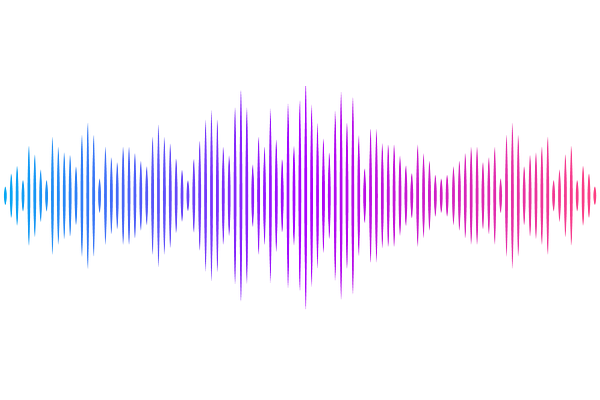Gene specificity landscapes for comparative transcriptomic analysis across tissues, cell types, and species

Gene specificity landscapes for comparative transcriptomic analysis across tissues, cell types, and species
Bot, E.; Davila-Velderrain, J.
AbstractGene expression specificity is a biological parameter relevant for understanding the molecular basis of evolutionary constraints and tissue-selective pathogenesis. Many efforts have tried to quantify the degree of tissue specificity of individual genes. The growing availability of single-cell transcriptomic data greatly expands the context in which expression specificity can be assessed. We present a computational strategy to globally analyse and compare the specificity of genes and groups of related genes across different contexts. By representing expression profiles in terms of expression level-breadth (L-B) relationships, we are able to quantify and construct 2D landscapes that provide a globally consistent coordinate system to map specificity patterns. We characterize these landscapes at different levels of resolution and across species to demonstrate simple strategies for comparative transcriptomics. We use this approach to investigate the tissue, cell type, and neuronal specificity of human genes and generate reference specificity landscapes. Finally, by comparing the specificity of brain cell subtypes across 4 primate species we find that their degree of conservation mirrors evolutionary divergence times. Our analysis framework and data resources are available in the R package GeneSLand.